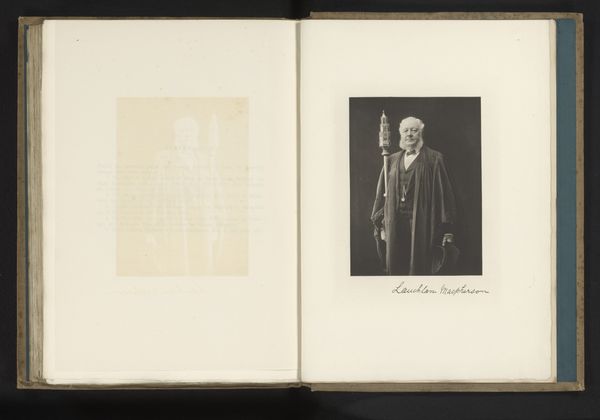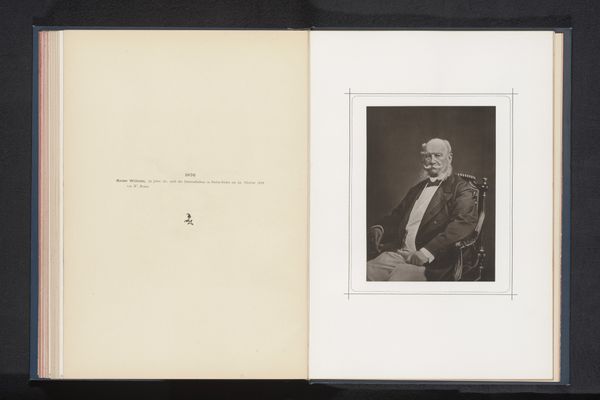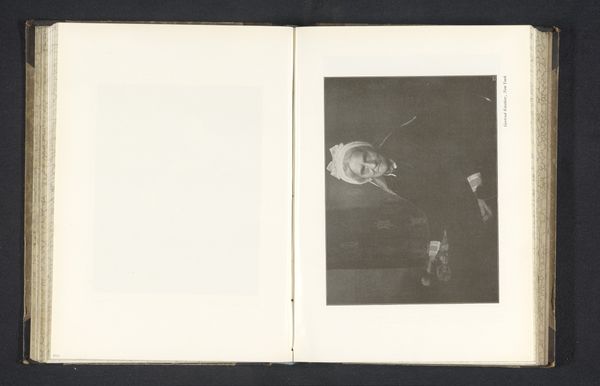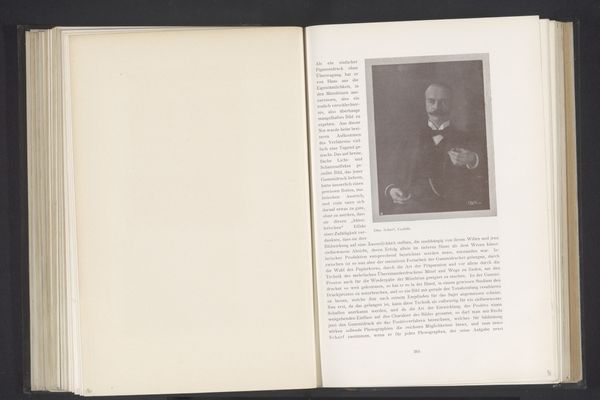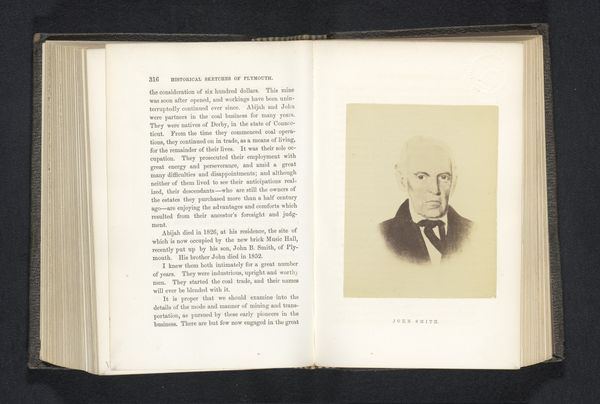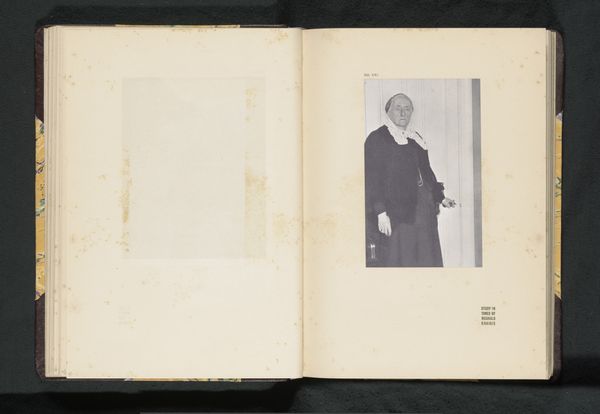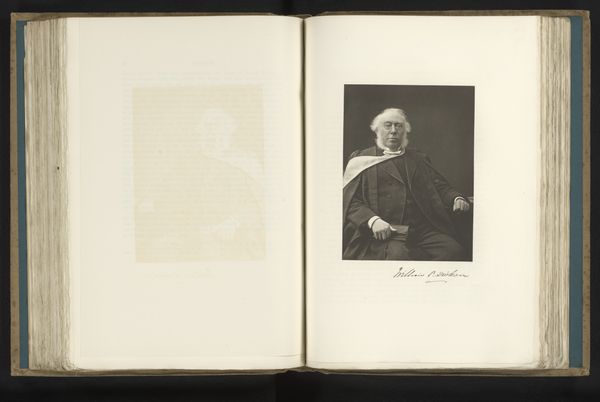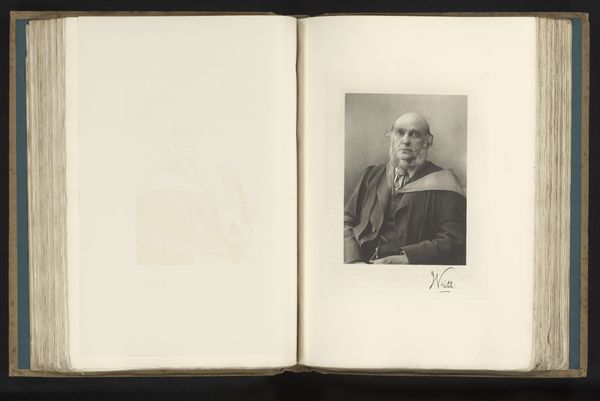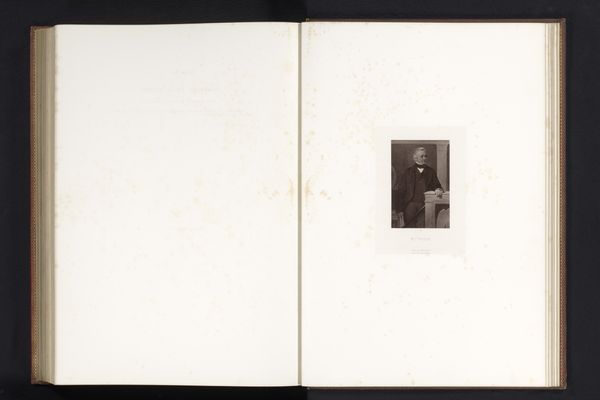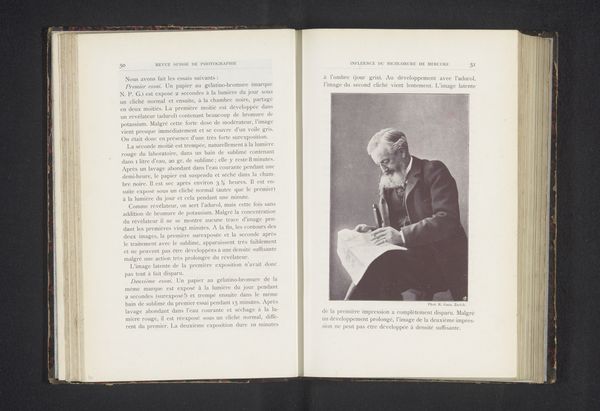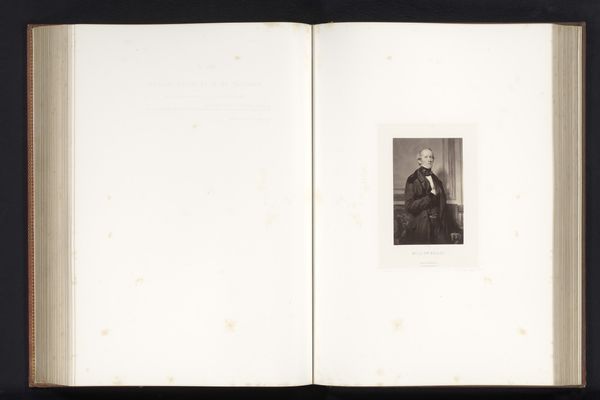
print, photography, albumen-print
#
portrait
# print
#
photography
#
albumen-print
#
realism
Dimensions: height 196 mm, width 151 mm
Copyright: Rijks Museum: Open Domain
Editor: This is a photographic albumen print, a portrait of John Dalrymple, the 10th Earl of Stair, dating from before 1891. It's quite formal, with him in his robes. What's your perspective on a piece like this? Curator: I'm most interested in how photography democratized portraiture. Consider the material conditions: albumen prints made portraits more accessible, moving representation away from the exclusive realm of painted aristocracy. The rising middle class now had access to similar means of display. Who had access to cameras and the chemical processes, though, remains an important consideration. Editor: So, it’s less about the Earl himself and more about what the photograph as an object signifies about society at that time? Curator: Precisely. How does the choice of the albumen process itself – the labor involved in its production – speak to changing social structures? Albumen prints, while creating seemingly realistic images, depended on global trade networks for materials, for instance. Were these trade networks exploitative, and is that relevant? Editor: I see, it shifts the focus from the sitter's status to the process that made the image possible, highlighting the means of production. But wouldn’t a painted portrait carry similar social information? Curator: To a degree, yes, but photography introduced reproducibility on a scale painting couldn't match. This accessibility changed how people consumed images and, therefore, perceived themselves within a broader social context. Who controlled the production of these photographs and the narratives they portrayed becomes crucial. Editor: That’s a compelling point. I hadn't considered how the very materiality of the photograph reflected and influenced class dynamics. Curator: It reveals the complicated labor and economics embedded in even the simplest portrait. Understanding these material underpinnings deepens our understanding of art’s relationship to social power. Editor: This makes me realize how many layers of meaning are embedded in the photographic process itself. Thanks for expanding my perspective.
Comments
No comments
Be the first to comment and join the conversation on the ultimate creative platform.
